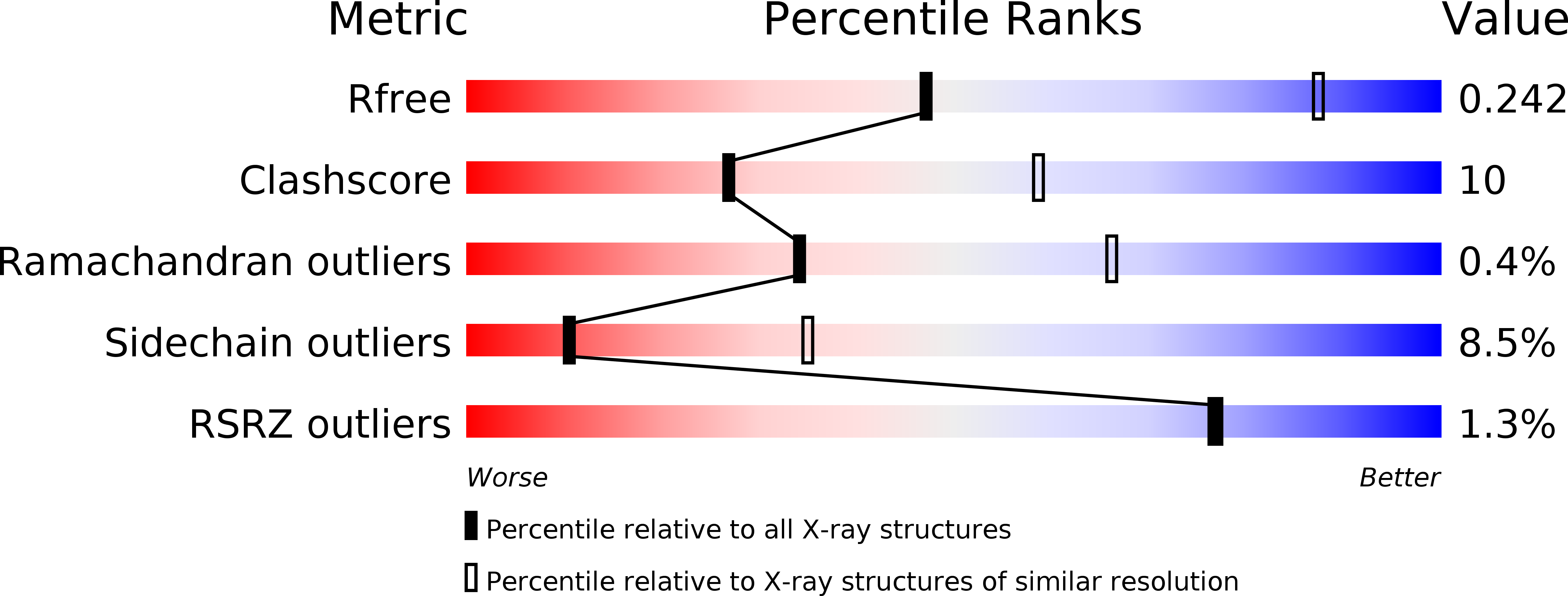
Deposition Date
2012-01-19
Release Date
2013-02-13
Last Version Date
2023-09-13
Entry Detail
PDB ID:
4DDQ
Keywords:
Title:
Structural plasticity of the Bacillus subtilis GyrA homodimer
Biological Source:
Source Organism:
Bacillus subtilis (Taxon ID: 1423)
Host Organism:
Method Details:
Experimental Method:
Resolution:
3.30 Å
R-Value Free:
0.23
R-Value Work:
0.17
R-Value Observed:
0.17
Space Group:
P 21 21 21


